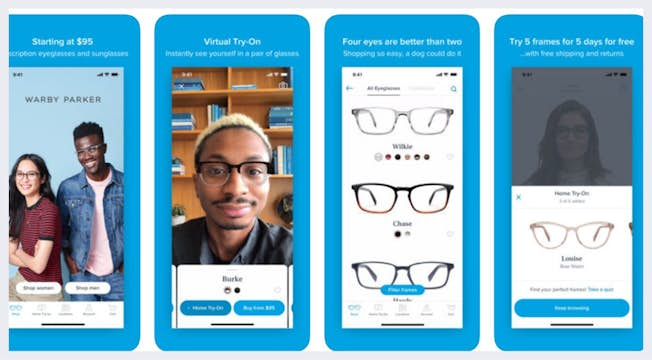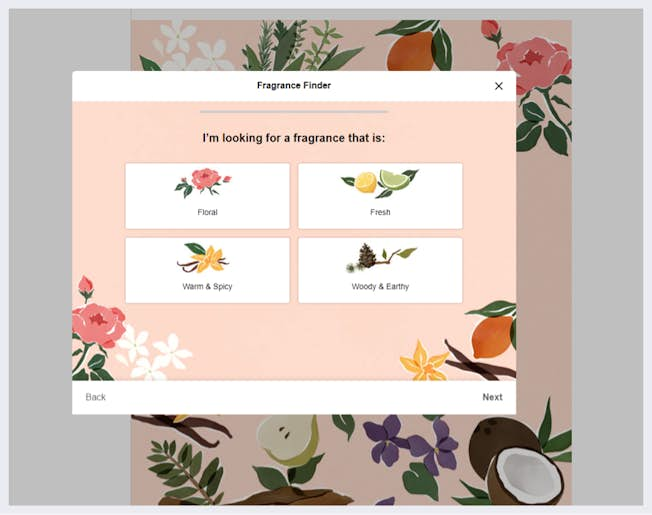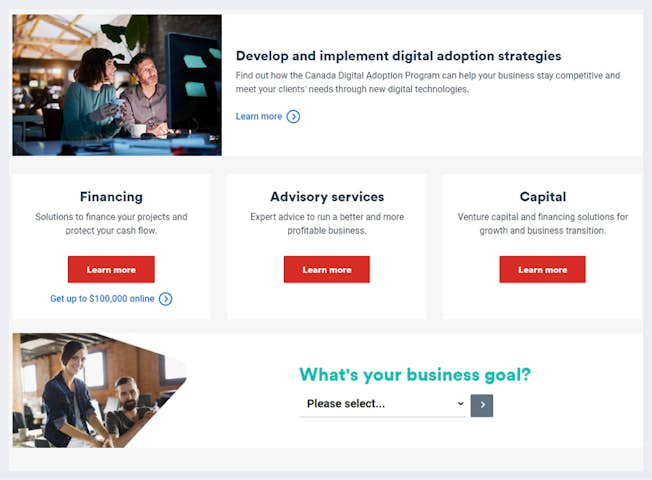The world is changing when it comes to data. Privacy and security are now top priorities for consumers and many are becoming more reluctant to share their information with brands and businesses.
Cisco’s ‘Building Consumer Confidence Through Transparency and Control’ 2021 report found that nearly half of consumers feel unable to protect their data, with 76 percent citing the main reason as “it’s too hard to figure out what companies are doing with my data”.
Coupled with the upcoming demise of third-party cookies in 2024, marketers need new ways to gather data that are both reliable and adhere to privacy regulations. The solution? Zero-party data: a lifeline for businesses across sectors, and a better way to connect with prospects and customers.
In this blog, we will cover:
- What is zero-party data?
- What are examples of zero-party data?
- Why is zero-party data important
- How do you collect zero-party data?
- How to create a zero-party data strategy
- Examples of zero-party data
What is zero-party data?
What’s the definition of zero-party data? Digital strategy consultant, author, and trainer Clark Boyd defines it as:
"Zero-party data is data that a customer intentionally and proactively shares with a brand. It's a layer up from the other types of data that we're used to where the customer is actively involved and knowingly sharing data with a brand."
This way of collecting data means that any information is given willingly and is reliable. It is not invasive or covert and enables consumers to control their data in a more transparent way. For businesses, zero-party data may be the future of marketing.
What are examples of zero-party data?
Unlike other data types, the consumer provides zero-party data directly and with consent. Types of zero-party data include:
- Newsletter sign-ups
- Email subscription
- SMS subscription
- Quizzes
- Polls or surveys
- Lead generation forms - on social media and other channels
- Calculators, such as a mortgage calculator
- Online tests
- Downloads - such as ebooks or presentations
- Online chat
So what’s the difference between zero-party data and first-party data?
Zero-party data vs. first-party data
In the absence of third-party cookies, many companies are turning to first-party data to protect user privacy and adhere to regulations. An important data source, first-party data differs from zero-party data in a few ways:

Why is zero-party data important?
The importance of zero-party data is growing due to several factors. The first is the introduction of privacy laws that apply to digital channels, particularly social media such as GDPR in Europe (have a look at this GDPR checklist for its impact on marketers) and CCPA in the U.S.
These regulations - and others across the world - will regulate the type of data marketers can collect about online users. It also impacts how data can be used and in some cases means companies will need to delete information if requested by a customer.
While Google will no longer allow third-party cookies in 2024, Apple is also regulating data by disallowing data aggregators and social media platforms to collect data from Apple devices, such as the iPhone.
Similarly, all social media networks such as Facebook, Twitter, and TikTok have to be compliant with new regulations which limit the use of data shared on these channels unless permission is granted. A Verizon Go report found that 69 percent of people have deleted or considered deleting a social media account because of recent breaches on the platforms.
Adblockers are also on the rise as consumers look to protect their personal information. In 2021 in the United States according to Statista, 51 percent use ad blockers on their computers while 30 percent use them on their smartphones. And that’s only going to rise as brands scramble to get people’s attention online.
How do you collect zero-party data?
With such a shifting landscape, companies need to prioritize the value and legitimacy of the data they collect. Zero-party data has huge benefits and helps build trust with consumers but it can also build a reputation. Here are a few effective ways to collect zero-party data.
- Drive online registration - This could be for a webinar or event that you are hosting
- Use forms on your website - These forms could be for a free trial of a product or to download a guide
- Social media polls - These are particularly effective on Twitter and Instagram and can help provide insights about a brand or product
- Email campaigns - Re-engage people on your database with a ‘sorry you missed out’ message or discount offer to get them back in the system and provide additional data or use email to build customer loyalty
- Pop-ups - Conversational pop-ups can drive interaction with a consumer (e.g. offer a discount in return for an email address)
- Surveys - Once a customer has purchased you can re-engage with a survey to get opinions on a product or service
- Contests - People love free things and you could offer a giveaway in return for data across channels including social media
- Virtual try-on - These tools are great for interaction and can lead to offering a free trial or another opportunity at the end. The optical company, Warby Parker’s AR tool below is a great example

Zero-party data strategy
Now that you know what zero-party data is and how to collect it, what do you use it for once it’s in your database?
It’s essential to have a zero-party data strategy with your customer at the core. The customer flow can be simple as the data is given consensually and can look something like this:

Like any data, it can be used as part of marketing activities and campaigns. Unlike other types of data, you have scope to hyper-personalize messaging and content through:
- Retargeting ad campaigns
- Creating micro experiences
- Deliver personalized website experiences
- Assign a user trait to email campaigns
- Create A/B groups to tap into preferences
- Examine churn related to customer behavior
- Improve customer experience
Zero-party data examples
Let’s look at some great examples of brands collecting and using zero-party data to drive engagement so you can get some inspiration for your campaigns.
1. Sephora - guides and quizzes
Beauty brand Sephora goes that extra mile to know more about their customers. The brand devises buying guides and quizzes that enable web visitors to discover more about their skincare routine, fragrance and brow requirements.
The example below is a fragrance quiz that helps people find their favorite scent. The quiz takes you through 3 simple questions and then provides product recommendations at the end for purchase.

This interactive approach builds trust and prompts customers to sign up for offers (zero-party data right there!) or create a community account on Sephora that encourages members to share.
2. Yelp - goes local

Yelp’s job is to connect customers with local businesses they will love. The brand’s app enables customers to set up a preference center that will let them enter dietary, lifestyle, interests, and accessibility preferences.
Yelp uses its zero-party data to then connect a business such as a restaurant or coffee shop with the preference of a customer to provide a perfect match.
According to Yelp’s Chief Product Officer, Vivek Patel: “Yelp has always been a helpful discovery platform that surfaces great local businesses based on your search. By making it more personalized, we’re saving people time and giving them an easy way to find the right business for them. Now, Yelp will help you discover businesses and activities based on who you are and what you like to do.”
3. Mamas & Papas - free tailored in-store offering
Expectant mums and dads are the types of customers that want guidance and advice. Nursery brand, Mamas and Papas wanted to tap into this need and offer a solution by offering a free personal shop that can be booked online.

This offer allows a user to select their location, a day and time that suits to have a private consultation in-store. To complete the booking, customers need to provide their personal data which includes the due date of the baby.
By having access to the zero-party data, the brand can re-engage following the consultation in the lead-up and after the birth of the child in question.
4. Business Development Bank of Canada - ask and guide
The financial sector is highly competitive and knowing what a customer wants and needs is crucial. Business Development Bank of Canada (BDC) uses its site to draw a prospect in by asking a simple question ‘What’s your business goal?’ to guide a user through the process.

The answer a user selects will direct a user through to the most relevant information which includes articles, toolkits, quizzes and online calculators. Using this experience it can collect data that are consensually given to interact with and engage customers.
As you can see from these examples, there are many ways to employ tactics that can collect zero-party data across industries. This will help you to build better user journeys and personalize messaging to drive conversions and sales.
Learn more about zero-party data and tactics
Being able to attract and engage prospects is a core part of a marketer's job. With DMI's Professional Diploma in Digital Marketing, you will not only learn the fundamentals of digital marketing but dive into SEO, social media marketing, email marketing, PPC, strategy, and much more. Enroll today to drive high-intent leads.
Related
Upgrade to Power Membership to continue
your access to thousands of articles, toolkits, podcasts, lessons and much much more.
Become a Power Member- Login
- View Courses
- - - -
- Courses
- Resources
- - - -
- My Account
- Change Password
- Logout





